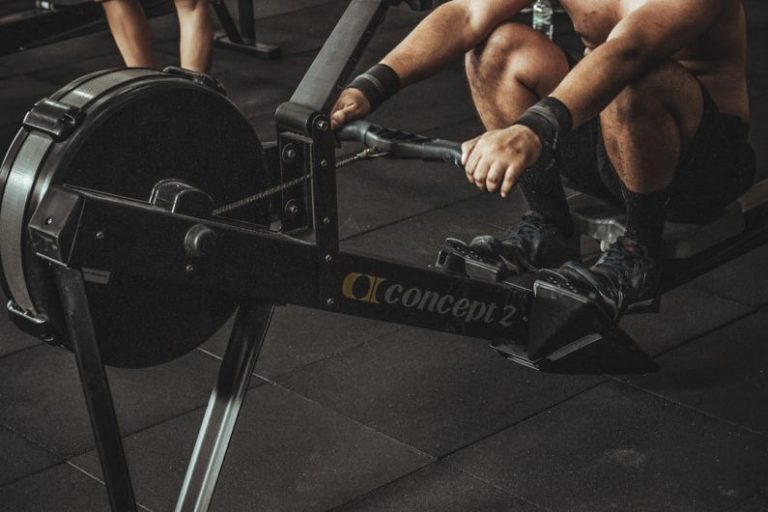
Rowing is a fantastic full-body workout that can provide numerous health benefits, but like any physical activity, it comes with the risk of injury. Whether you’re a beginner or a seasoned rower, incorporating cross-training into your routine can be a game-changer when it comes to preventing rowing injuries. By diversifying your workouts and targeting different muscle groups, you can improve your overall strength, flexibility, and endurance, ultimately reducing the likelihood of overuse injuries. Let’s delve into how you can use cross-training to safeguard yourself from rowing-related injuries.
### Understanding the Importance of Cross-Training
Cross-training involves engaging in a variety of exercises and activities beyond your primary sport. This approach not only helps prevent boredom but also allows you to work different muscle groups, giving others a chance to rest and recover. By cross-training, you can address muscular imbalances, strengthen weaker areas, and reduce the risk of overuse injuries caused by repetitive movements in rowing.
### Incorporating Strength Training
Strength training is a crucial component of cross-training for rowers. By targeting specific muscle groups that may not get as much attention during rowing, such as the core, back, and shoulders, you can improve overall muscle balance and stability. Exercises like squats, deadlifts, and planks can help build a strong foundation that supports your rowing performance and reduces the risk of injury.
### Embracing Cardiovascular Exercise
While rowing is primarily a cardiovascular workout, incorporating other forms of cardio, such as cycling or swimming, can help improve your overall cardiovascular fitness and endurance. By engaging in different types of cardiovascular exercise, you can challenge your heart and lungs in new ways, enhancing your rowing performance and reducing the risk of overuse injuries associated with repetitive rowing movements.
### Enhancing Flexibility and Mobility
Flexibility and mobility are essential for rowers to maintain proper form and prevent injuries. Incorporating activities like yoga, Pilates, or dynamic stretching into your routine can help improve your range of motion, joint stability, and overall flexibility. By focusing on stretching tight muscles and improving joint mobility, you can reduce the risk of strains, sprains, and other common rowing injuries.
### Listening to Your Body
One of the most important aspects of using cross-training to prevent rowing injuries is listening to your body. Pay attention to any signs of pain, discomfort, or fatigue, and adjust your training accordingly. Rest days are just as important as training days, allowing your body to recover and repair itself. If you experience persistent pain or discomfort, don’t ignore it – seek guidance from a healthcare professional to address any potential issues before they develop into more serious injuries.
### Ensuring Proper Technique
Proper technique is paramount in rowing to prevent injuries and maximize performance. Cross-training can help you develop a stronger foundation of strength, flexibility, and endurance, which can translate into improved rowing technique. By focusing on quality movement patterns and biomechanics in your cross-training exercises, you can reinforce good habits that carry over to your rowing sessions, reducing the risk of injury due to poor form.
### Adapting Your Cross-Training Routine
As you progress in your rowing journey, it’s essential to adapt your cross-training routine to meet your changing needs. Periodization, or varying the intensity and volume of your training over time, can help prevent overtraining and reduce the risk of burnout and injuries. Consider working with a coach or fitness professional to create a customized cross-training plan that complements your rowing goals and helps you stay injury-free.
### Safeguarding Your Rowing Journey
In conclusion, cross-training is a valuable tool for rowers looking to prevent injuries and enhance their performance on the water. By incorporating strength training, cardiovascular exercise, flexibility work, and proper technique into your routine, you can build a well-rounded foundation of fitness that supports your rowing endeavors. Remember to listen to your body, prioritize rest and recovery, and adapt your cross-training routine as needed to ensure a safe and successful rowing journey. With the right approach to cross-training, you can enjoy the benefits of rowing while minimizing the risk of injuries that can sideline your progress.





